Jongmyodaeje (Royal Ancestral Memorial Rite of Joseon) (종묘대제)
6.2Km 2022-10-05
157, Jong-ro, Jongno-gu, Seoul
• 1330 Travel Hotline: +82-2-1330 (Korean, English, Japanese, Chinese) • For more info: +82-2-3210-4806, +82-2-6011-1067
Jongmyodaeje, Korea’s Royal Ancestral Memorial Rite, is a traditional ritual that has been recognized with many important designations. It is a UNESCO Masterpiece of the Oral and Intangible Heritage of Humanity, Important Intangible Cultural Property No. 56 (Jongmyo Jerye), and Korea’s Important Intangible Cultural Property No. 1 (Jongmyo Jeryeak). The ritual is held yearly on the first Sunday of May. It begins with eogahaengnyeol, the fabulous royal parade dating from the Joseon dynasy, which is truly a sight to behold as it moves through the modern city.
Jongmyodaeje originated as a royal ancestral ritual to honor the past kings and queens of the Joseon dynasty. During the Joseon era, the ritual was held five times a year (spring, summer, autumn, winter, and December) until it was abolished by Japanese colonial rule. In 1969, Jongmyodaeje was reinstated and has been held in May every year since.
Jongmyo Shrine, the destination of the procession, was the setting of ceremonial rituals during the Joseon dynasty. Originally, Jongmyo only referred to Jeongjeon (Main Hall) where the memorial tablets of Joseon’s reigning kings and queens are enshrined. Today, however, Jongmyo also encompasses Yeongnyeongjeon (Hall of Eternal Peace) where the tablets of posthumous kings and queens are enshrined and Gongsindang (Hall of Meritorious Subjects) where the tablets of esteemed ministers of the state are kept.
Paraboot - Hannam Branch [Tax Refund Shop] (파라부트 한남)
6.2Km 2024-04-23
228-1, Itaewon-ro, Yongsan-gu, Seoul
-
Choong Ang High School (중앙고등학교)
6.2Km 2024-10-24
164 Changdeokgung-gil, Jongno-gu, Seoul
+82-2-742-1321
Choong Ang High School is located in Jong-ro near Samcheongdong-gil. It was built to educate the public at the beginning of the 20th century. The school’s main building was reconstructed in 1937 after the original two-story brick house was destroyed in 1934. The main building situated in front of the main gate is a two-story H-shaped granite stone building in Gothic style, with a four-story tower in the middle.
The school holds historical significance because it was designed by Park Dong Jin, one of Korea's first modern architects and the designer of Korea University’s main building, library, and the Chosun Ilbo Newspaper Company building. The main building of Choong Ang High School is designated as Historic Site No. 281. Many national leaders were educated at the gothic building during the grim period when Korea was trying to escape Japanese colonial rule.
Beaker - Hannam Branch [Tax Refund Shop] (비이커 한남점)
6.3Km 2024-04-18
241, Itaewon-ro, Yongsan-gu, Seoul
-
Bada Sikdang (바다식당)
6.3Km 2021-05-25
18, Itaewon-ro, 49-gil, Yongsan-gu, Seoul
+82-2-795-1317
This is a restaurant that sells thick beef bone broth-based Budaejjigae (spicy sausage stew). This Korean dishes restaurant is located in Yongsan-gu, Seoul. The most famous menu is sausage stew.
Saebyeokjib Yanggopchang (새벽집양곱창)
6.3Km 2021-03-18
21, Gyeongin-ro 61-gil, Guro-gu, Seoul
+82-2-2296-0325
This is a Korean cuisine located in Guro-gu, Seoul. It boasts of 30 years' tradition. The representative menu is grilled pork small intestine/grilled beef small intestine.
Theory - Hannam Branch [Tax Refund Shop] (띠어리 한남점)
6.3Km 2024-04-18
251, Itaewon-ro, Yongsan-gu, Seoul
-
Ojang-dong Hamheung Naengmyeon (오장동 함흥냉면)
6.3Km 2024-02-22
108 Mareunnae-ro, Jung-gu, Seoul
Ojang-dong Hamheung Naengmyeon originated when grandma Han Hyesun, who migrated from Hamgyeongnam-do to Seoul during the Korean War, began selling Hamheung-style "nongma guksu (starch noodles)," eventually naming it Hamheung naengmyeon (Hamheung cold buckwheat noodles). Its signature dish, bibim naengmyeon (spicy buckwheat noodles), features chewy noodles infused with a tangy-sweet seasoning, showcasing the expertise behind its preparation. Alongside the flavorful broth served as a base, the menu also includes variations like hoe naengmyeon (cold buckwheat noodles with raw fish), mul laengmyeon (cold buckwheat noodles), suyuk (boiled pork slices) and mandu.
Kuho - Hannam Branch [Tax Refund Shop] (구호 한남점)
6.3Km 2024-04-22
253, Itaewon-ro, Yongsan-gu, Seoul
-
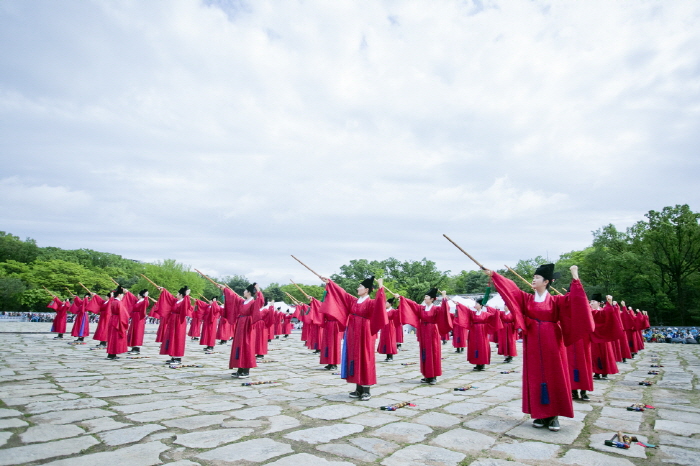
![Paraboot - Hannam Branch [Tax Refund Shop] (파라부트 한남)](http://tong.visitkorea.or.kr/cms/resource/43/2889643_image2_1.jpg)
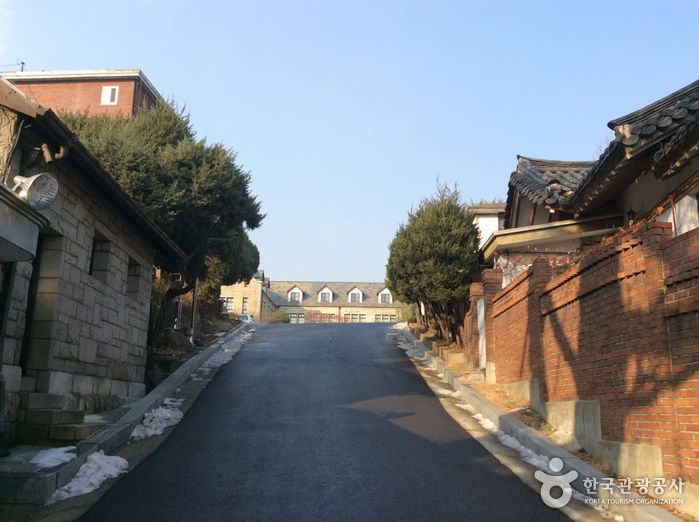
![Beaker - Hannam Branch [Tax Refund Shop] (비이커 한남점)](http://tong.visitkorea.or.kr/cms/resource/73/2890173_image2_1.jpg)
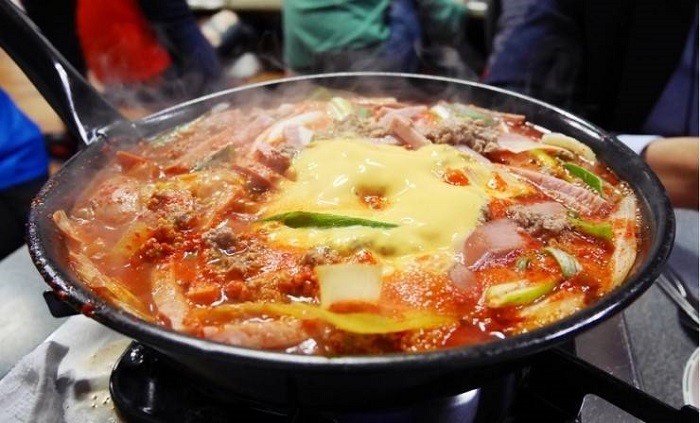
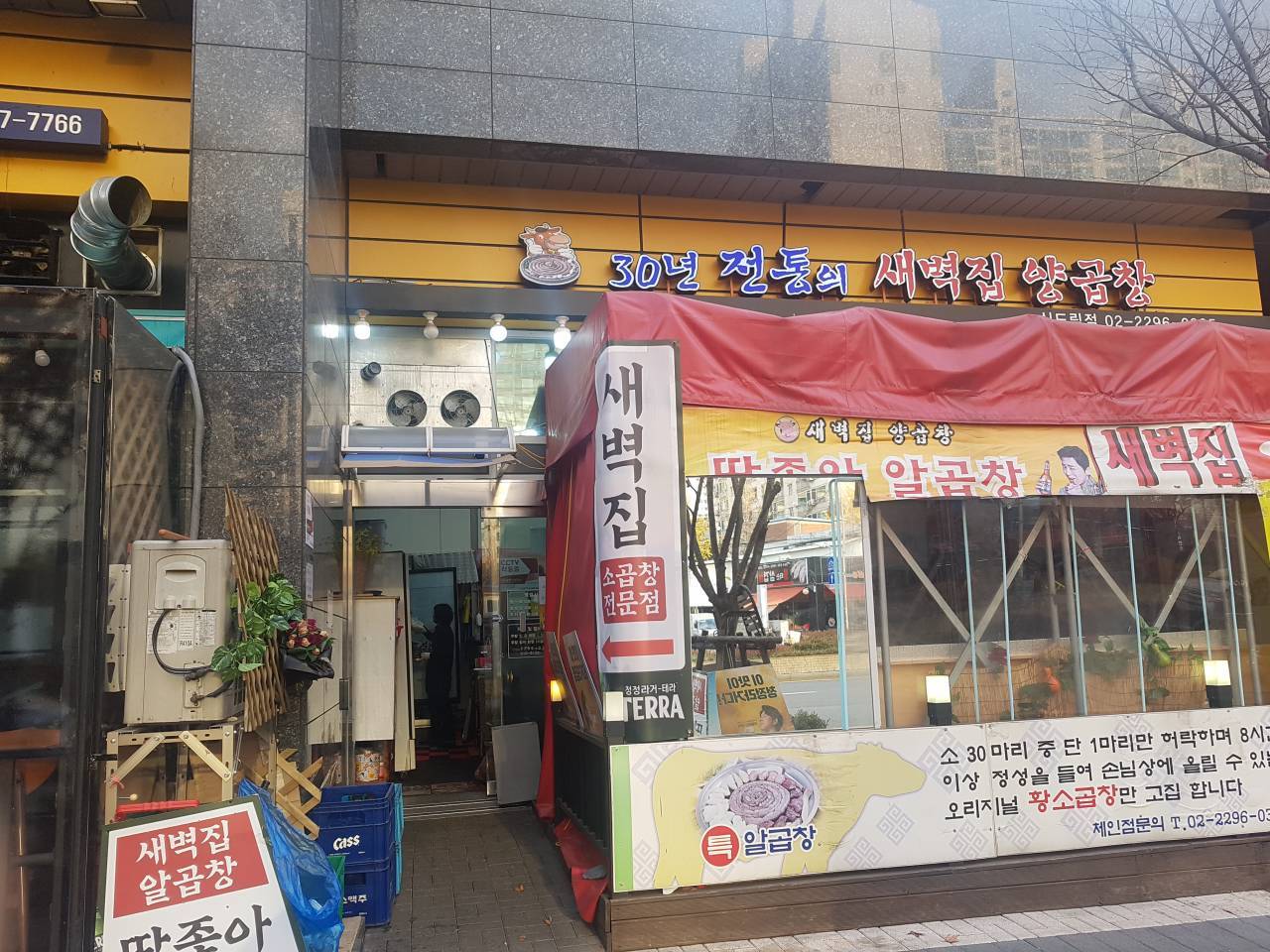
![On The Spot [Tax Refund Shop] (온더스팟)](http://tong.visitkorea.or.kr/cms/resource/13/2891113_image2_1.jpg)
![Theory - Hannam Branch [Tax Refund Shop] (띠어리 한남점)](http://tong.visitkorea.or.kr/cms/resource/62/2890562_image2_1.jpg)
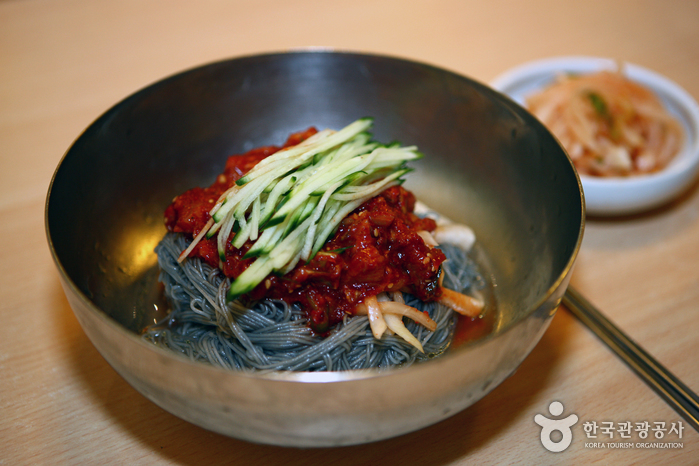
![Kuho - Hannam Branch [Tax Refund Shop] (구호 한남점)](http://tong.visitkorea.or.kr/cms/resource/24/2890524_image2_1.jpg)
 English
English
 한국어
한국어 日本語
日本語 中文(简体)
中文(简体) Deutsch
Deutsch Français
Français Español
Español Русский
Русский